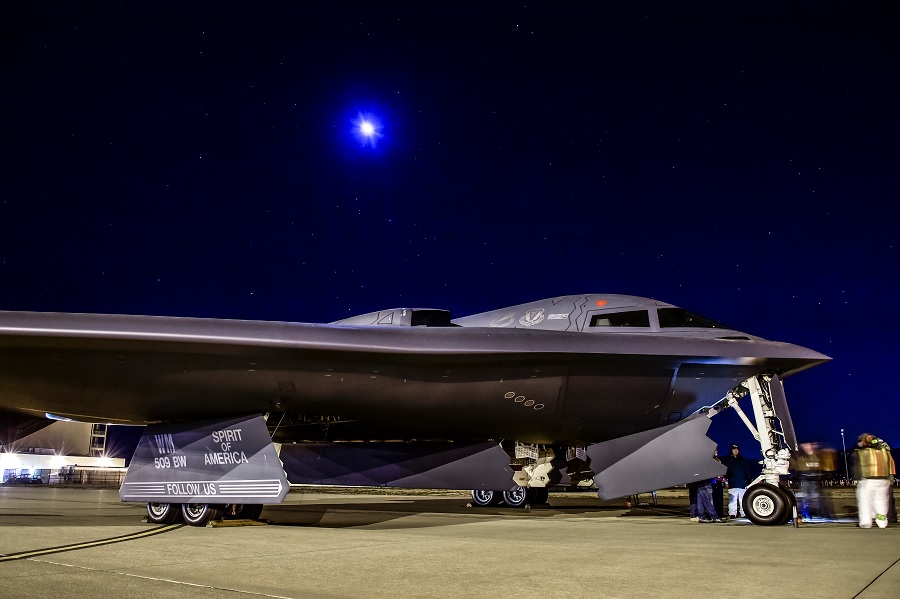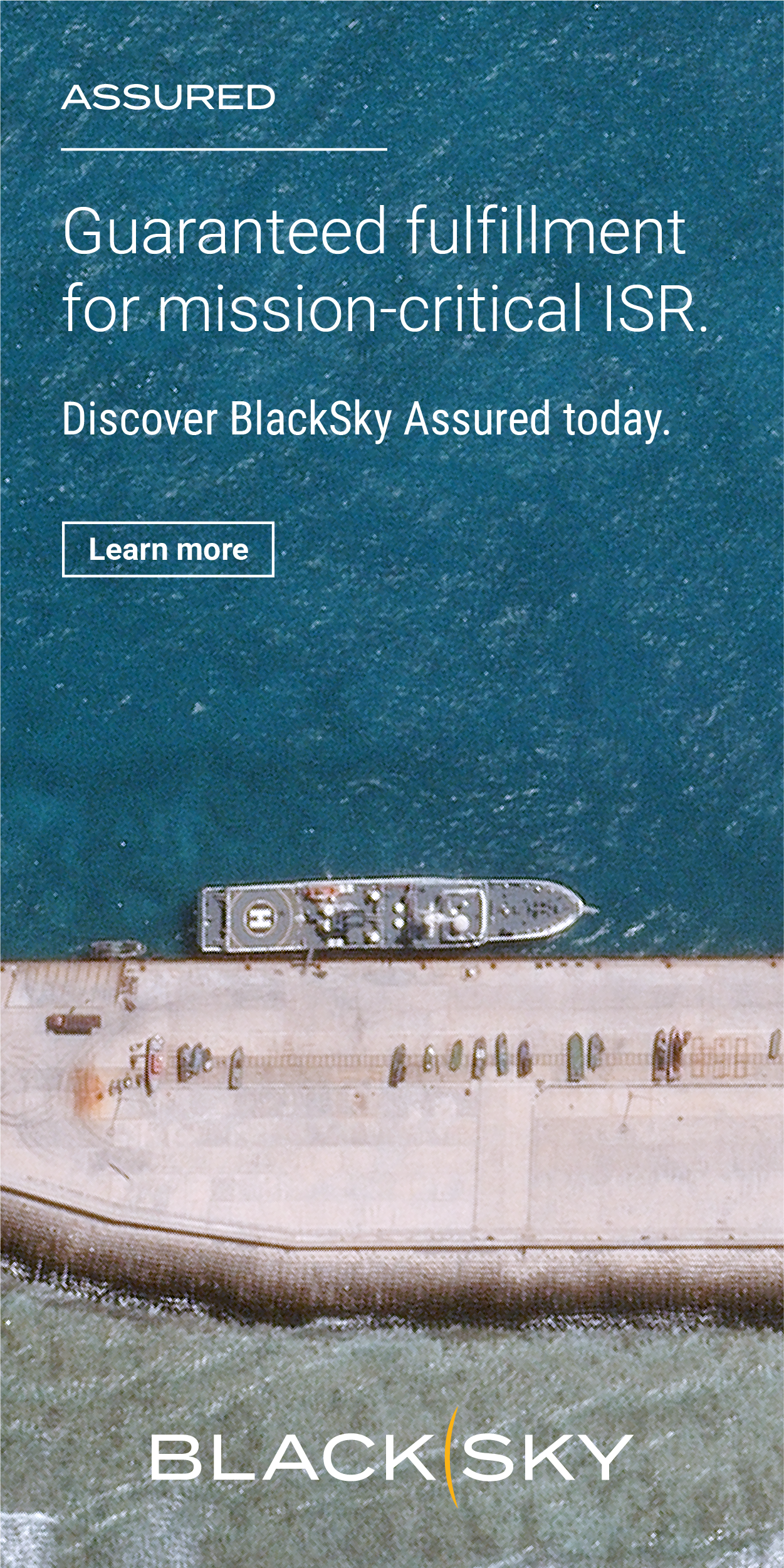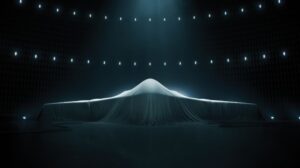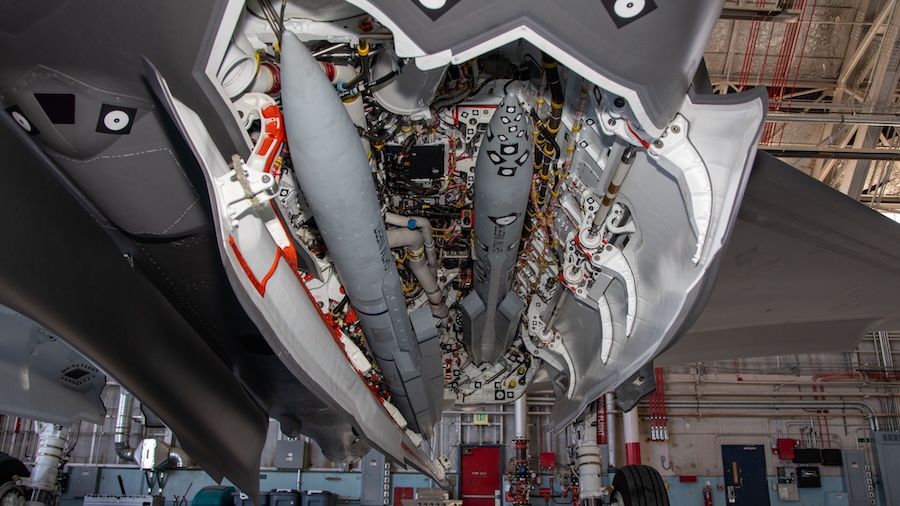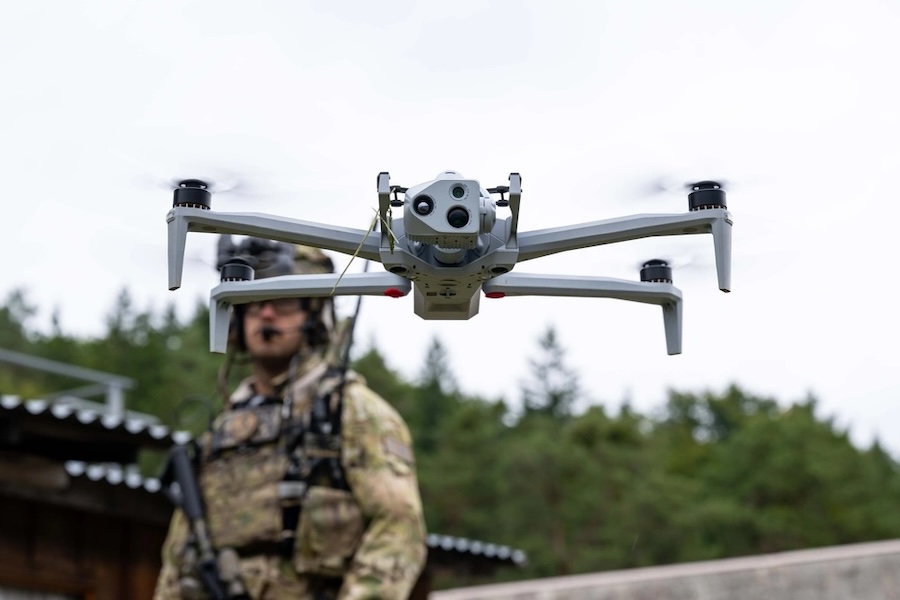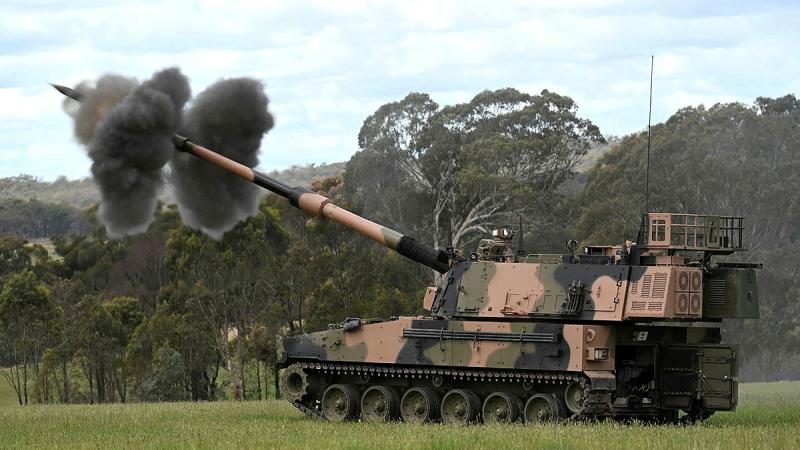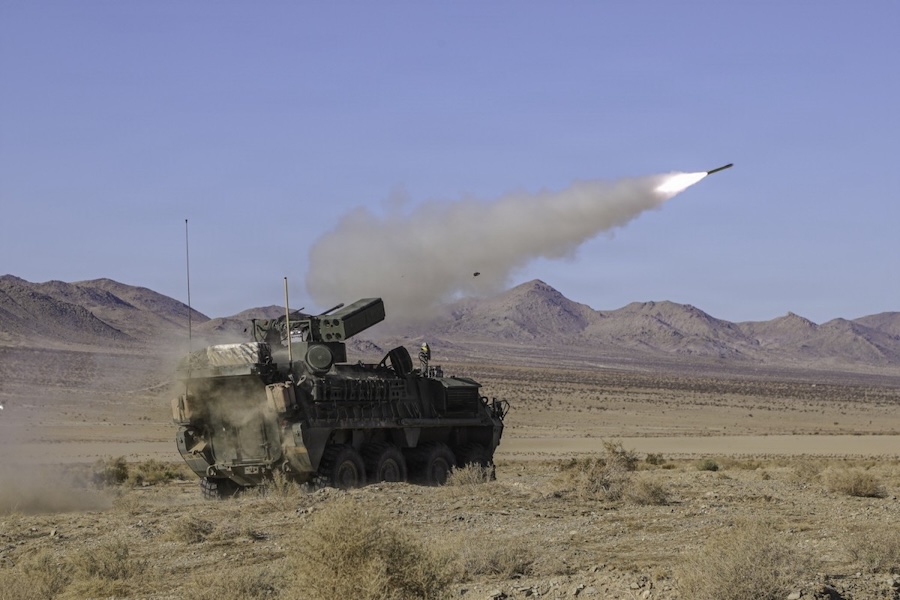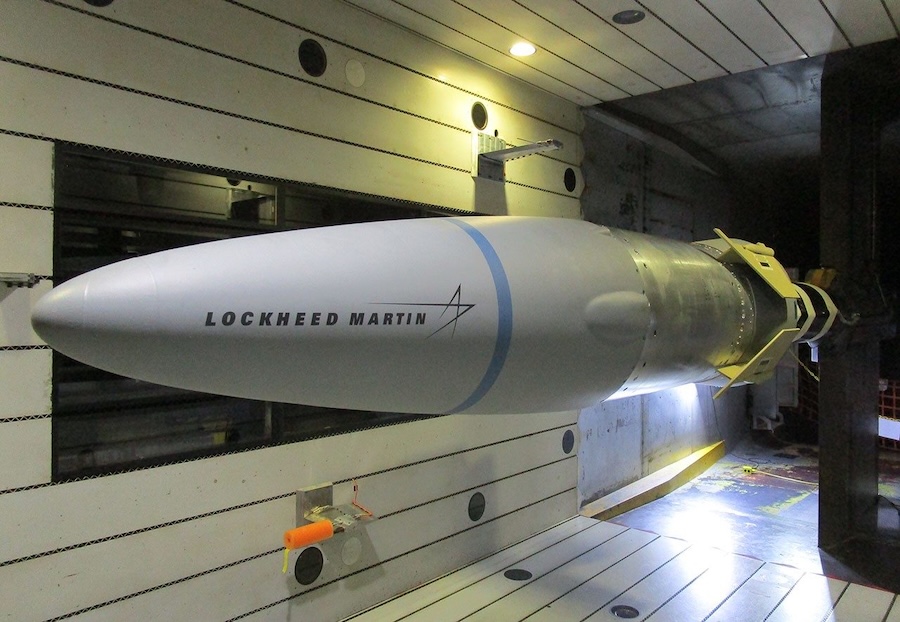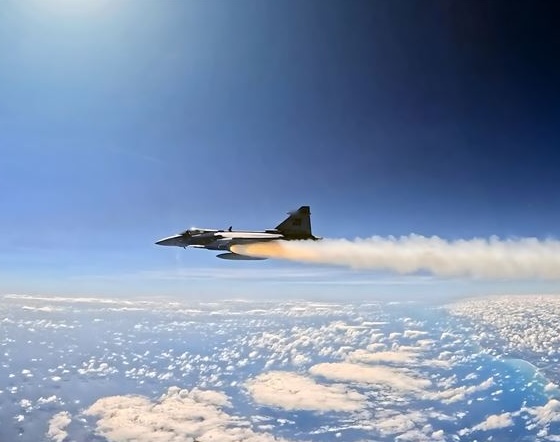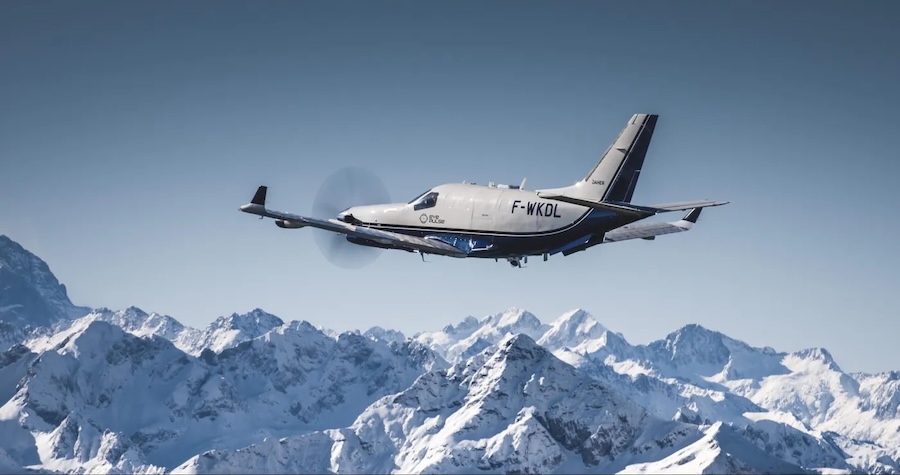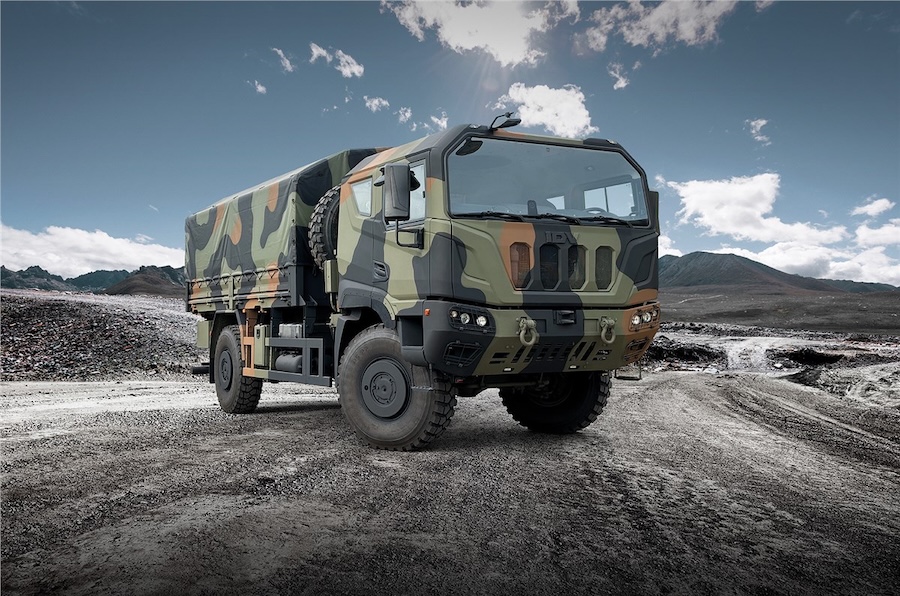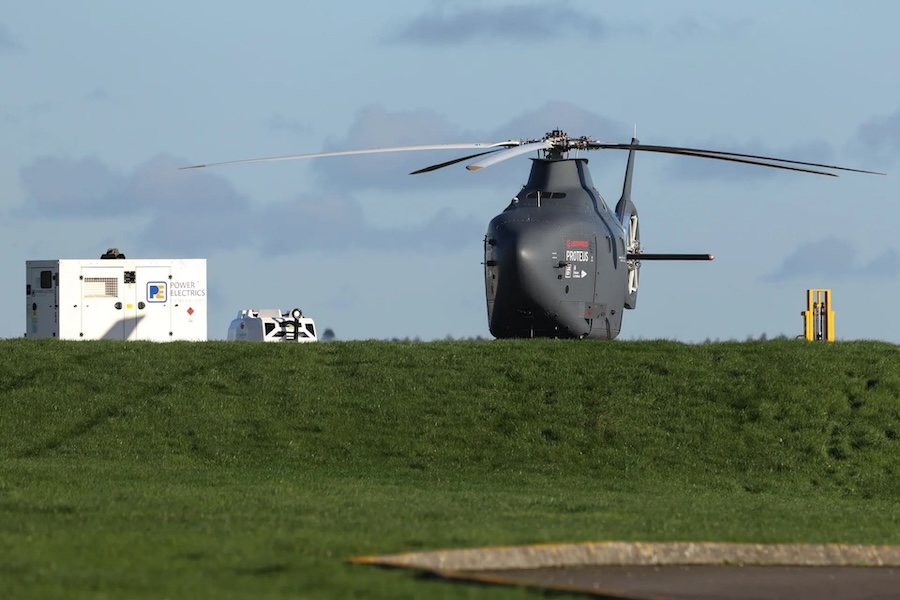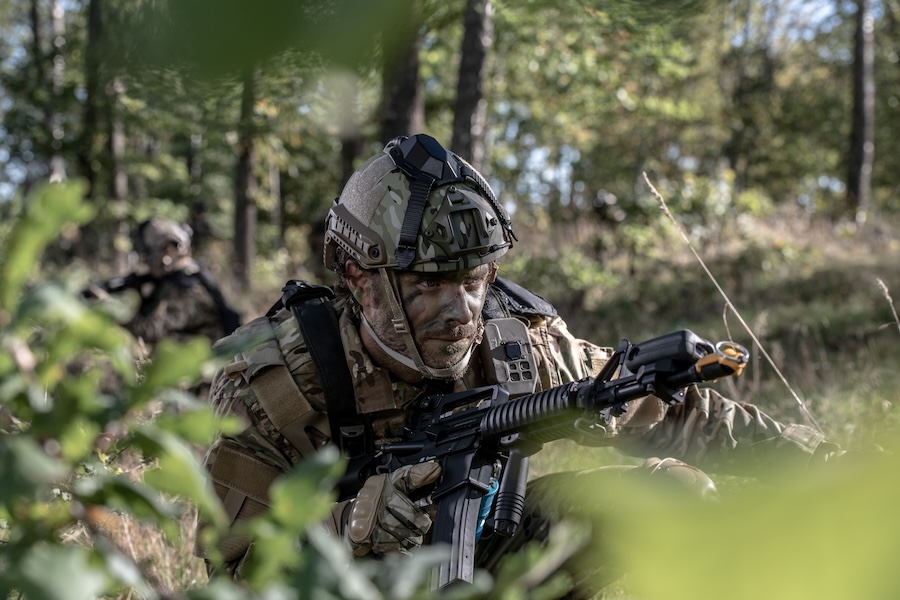Diego Garcia, located in the British Indian Ocean Territory, has long served as a strategic operating base for U.S. forces in the Indo-Pacific and Middle East regions. Its position allows for long-range missions without overflight restrictions and has previously supported operations in Afghanistan and Iraq.
The B-2 Spirit, produced by Northrop Grumman and operated by the U.S. Air Force Global Strike Command, is capable of delivering nuclear payloads and 30,000-pound bunker-busting bombs. Its stealth design enables it to conduct long-range precision strikes while avoiding radar detection in contested airspace.
Deployment of B-2 bombers to forward locations is not unusual and forms part of regular global bomber task force rotations, such as to Andersen Air Force Base in Guam or RAF Fairford in the United Kingdom. However, deployment to Diego Garcia is less frequent and has typically coincided with periods of increased military readiness in the Middle East, including in relation to Iran.
“If confirmed, this deployment would reflect U.S. efforts to recalibrate its global force posture in response to evolving challenges, including conflict in Iran,” according to defence sources. The presence of B-2 bombers in Diego Garcia would likely be intended to demonstrate readiness and support strategic options.
U.S. defence officials have previously explained that B-2 deployments help to “reassure allies” and “provide decision-makers with flexible global strike options.” The aircraft’s ability to operate undetected and deliver a range of munitions makes it a key element in U.S. contingency planning.
The B-2, which entered service in the late 1990s, has been used in combat operations in Kosovo, Afghanistan, Iraq, and Libya. Its combination of long-range, stealth, and payload capacity supports its role in high-priority missions.
Diego Garcia also serves as a logistics and refuelling point for U.S. Navy and Air Force assets, providing support for operations across a wide area from East Africa to the South China Sea. Its strategic location continues to make it a critical asset in U.S. military planning.




